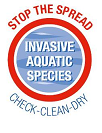When we use the term non native or alien species we refer to any species of plant or animal that was not present naturally within Britain following the sea level rise at the end of the last ice age. At this point Britain became isolated from mainland Europe. As a result, the majority of species arriving in Britain after this point have been as a result of human activity. Not all Non Native Species cause problems, however those that do are referred to as Invasive Non-Native Species, typically an Invasive Non-Native Species is any species that can have a negative impact on our environment, economy or health.
 To help combat the spread of invasive species the Non Native Species Secretariat established the Check Clean Dry campaign to stop the spread of aquatic invasive species. It is recommended any recreational and professional user of our aquatic environment follows the Check Clean Dry principals.
To help combat the spread of invasive species the Non Native Species Secretariat established the Check Clean Dry campaign to stop the spread of aquatic invasive species. It is recommended any recreational and professional user of our aquatic environment follows the Check Clean Dry principals.
 In addition the Plantwise Campaign launched by DEFRA and the Scottish Government aims to make gardeners and pond owners aware of the damage that can be caused by dumping unwanted non native pond plants in the wild.
In addition the Plantwise Campaign launched by DEFRA and the Scottish Government aims to make gardeners and pond owners aware of the damage that can be caused by dumping unwanted non native pond plants in the wild.
To control and remove Invasive Non-Native Species from our waterways within the Tees Catchment the Tees Rivers Trust is currently undertaking an invasive species project funded by DEFRA and the Heart of Teessdale Landscape Lottery project. As landowners and managers the Tees Valley Wildlife Trust will be playing its part by working to stop the spread of Invasive Non-Native Species on our reserves, as well as ensuring our ongoing aquatic based projects (Living Waterways and Tees Valley Water Vole Survey) do not enable the spread of Invasive Non-Native Species. For more information on how we tackle specific invasive species, follow the links below;
